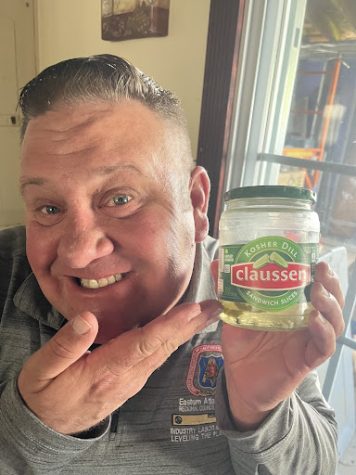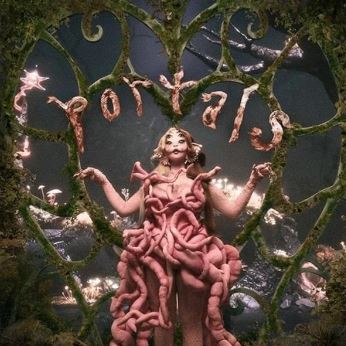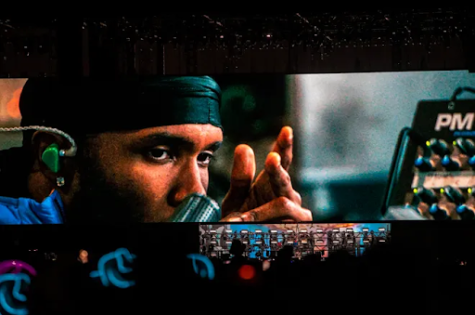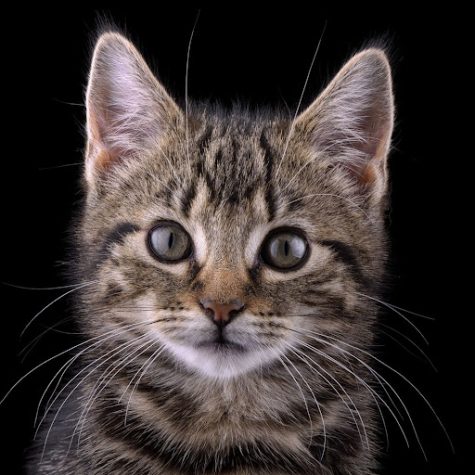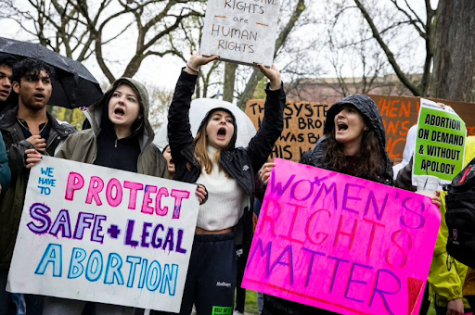Fine line between costumes, appropriation: Legitimate costumes versus using Halloween as excuse for inappropriate costumes
December 9, 2015
With Halloween right around the corner, many have begun to prepare their costumes. While many costumes are harmless and fun, others cross the line into offensive. When costumes perpetuate racist stereotypes and costumes targeted at girls are overly sexualized, a reality check is needed.
In 2013, many people country wide dressed up as Trayvon Martin, complete with blackface. Others dressed up as Martin’s killer, George Zimmerman. Another costume that made use of blackface was Julianne Hough’s Suzanne “Crazy Eyes” Warren from “Orange is the New Black” in 2013.
Other popular but racist costumes include, but are not limited to, Mexican Rancheros, Mexican Fiesta Costume and Hey Amigo Donkey Costume. All of these costumes use exaggerated and stereotypical features to mock Mexicans and their culture.
“Adding the word amigo to the title doesn’t make this anymore Latino friendly. Latinos’ roots come from a variety of cultures and countries, which span from Mexico all the way down to the tip of the Chilean Patagonia. Yes there are donkeys. Yes there are ponchos. But they are not worn everywhere or by everyone — not by a long shot. Want to be cool this Halloween? Don’t perpetuate Latino stereotypes,” Carolina Moreno said in her article for the Huffington Post article “14 ‘Latino’ Costumes That Should Have Never Been Made, Much Less Worn.”
When white people use racist tools like blackface for their costumes, they are perpetuating harmful stereotypes that affect people of color for their whole lives.
Over sexualized costumes aimed at girls is another giant problem. As soon as children enter their tween years (10-12 years old) Halloween costumes become increasingly sexual.
This happens with almost every generic costume, from nurse to lion. While it is important to let teenagers experiment with their sexuality, 10-12 year olds are still a little too young.
Some would argue that these costumes are only made because girls want to wear them. However, that is most often not the case. Women and girls are constantly sexualized in the media, causing many girls to feel that they have to live up to the images they see on TV or in magazines.
An unfortunately popular costume released this year is the Unisex Caitlyn Jenner costume. There are two versions: a pre transition and post transition version. The pre transition costume features Jenner’s outfit from her days in the Olympics and the second one contains a copy of the dress she wore for her Vanity Fair cover.
This is problematic because it reinforces the misinformed idea that transgender people are a joke and not really who they say they are.
“There’s no tasteful way to ‘celebrate’ Caitlyn Jenner or respect transgender people this way on the one night of the year when people use their most twisted imaginations to pretend to be villains and monsters,” Vincent Villano, a member of the National Center for Transgender Equality, said in an interview with the Huffington Post.
A much better way to celebrate Halloween would be to simply dress up as a fictional character (without being derogatory) or a fantasy creature, like a centaur or dragon.
Racist, sexist, transphobic, and otherwise offensive costumes should not be tolerated by anyone. They have harmful impacts on real people.






